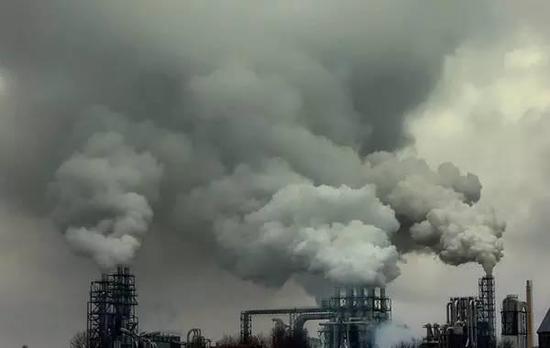Pollution inspectors sharply criticize Tianjin, Anhui, Shanxi
|
|
|
About 10,000 polluting companies were ordered to suspend production or shut down by the end of June. [File Photo] |
Environmental inspectors sent by the central government uncovered severe problems in Tianjin and the provinces of Anhui and Shanxi during a monthlong review and said slack leadership has led to environmental degradation in some areas.
The inspectors transferred 11,527 pollution-related cases to the provincial-level governments, following the highest-level environmental inspection since late April.
The governments are required to submit improvement plans within 30 days and make them public.
In the three provincial-level areas, 1,686 government officials had been held accountable for pollution as of the end of June. Officials from Shanxi were the most numerous-more than 1,000. Another 136 were detained, according to Ministry of Environmental Protection statements on Saturday and Sunday.
About 10,000 polluting companies were ordered to suspend production or shut down by the end of June, the ministry said. Of those, about half (4,331) were from Tianjin. Environmental authorities have issued fines totaling 1.25 billion yuan ($185 million).
The common thread in these cases was that leadership was weak and officials failed to give sufficient attention to pollution control.
Tianjin received an unusually harsh evaluation.
“There is a clear gap in Tianjin in meeting the requirements from the central government to match its position as a municipality and meet the expectations of the public,” inspectors said on Saturday.
Some leaders did not insist on adherence to tough measures on air pollution, and air quality actually worsened in some periods. Likewise, the bureaus responsible for agriculture and urban greening did not work together, but evaded their duty to build a garbage processing plant, said Jiang Jufeng, head of the inspection team.
In Shanxi, inspectors also found that insufficient attention had been paid by provincial and city leaders, as the concentration of major airborne pollutants increased in 2016 and continued to worsen this year.
Leaders in Lyuliang, Shanxi Province, were summoned to talk with the ministry twice because of severe pollution. But they did not pay sufficient attention, and measures to correct problems lagged behind schedule, said Yang Song, the team leader in Shanxi.
For example, 966 small coal-fired boilers in the city, which should have been phased out by the end of 2014, were still in operation at the end of 2016, hurting air quality.
In addition, six coal mines continued to operate illegally inside a natural protection zone in Jinzhong.
In Anhui, inspectors found that the provincial water resources bureau did not supervise drains, and that wastewater contained excessive pollutants. Also, officials in Hefei’s Binhu New District allowed construction waste to pile up and harm wetland, they said.
In some places in the three areas, half the sewage was discharged without treatment.
